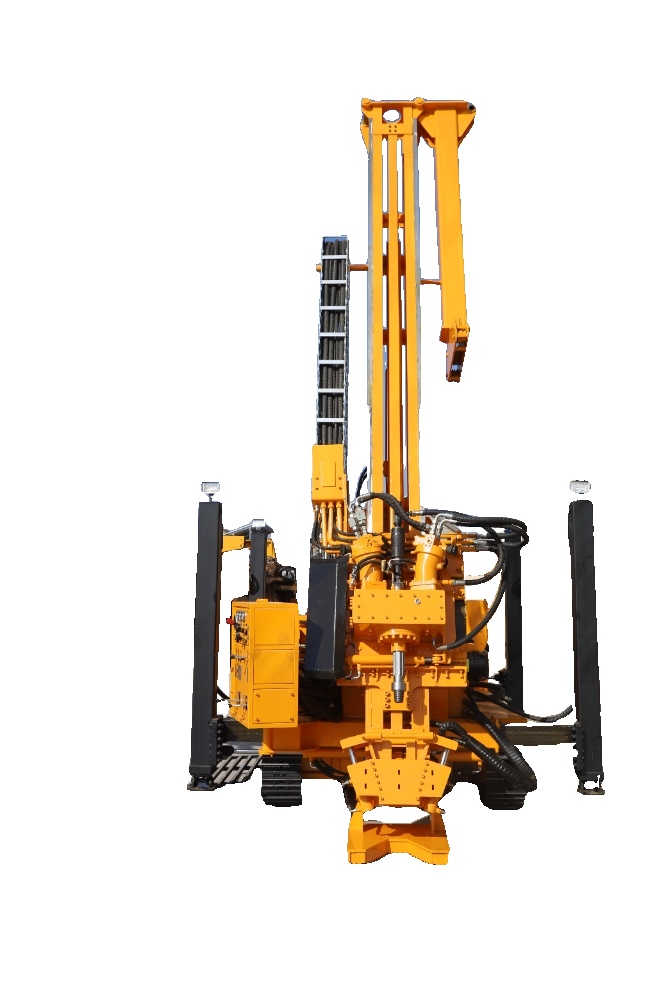The Role of Core Drills in Sustainable Mining Practices

Sustainable mining is no longer a buzzword but a global imperative, driven by the need to balance resource extraction with environmental preservation. At the heart of this movement are core drills, which play a pivotal role in minimizing the environmental footprint of mining operations while ensuring efficient resource utilization.
Traditional mining practices often relied on speculative excavation, leading to unnecessary deforestation, soil erosion, and habitat destruction. Core drills change this by providing precise subsurface data, enabling miners to target only viable deposits. By analyzing core samples, companies can determine the exact location, size, and quality of mineral reserves, reducing the need for large-scale exploratory digging. This targeted approach minimizes land disturbance and preserves ecosystems.
Core drills also support responsible resource management. By assessing the grade and distribution of minerals in core samples, mining companies can optimize extraction processes, reducing waste. For example, if a core sample reveals low-grade ore in a specific area, companies can avoid excavating that region, focusing instead on high-grade zones. This not only cuts operational costs but also reduces the volume of waste rock and tailings, which can contaminate soil and water if not managed properly.
In addition, core drilling helps identify potential environmental risks before mining begins. Geologists use core samples to study groundwater flow, soil composition, and rock stability, allowing companies to design mines that avoid aquifers, protect sensitive habitats, and prevent landslides. For instance, core data might reveal a groundwater reservoir beneath a proposed mining site, prompting companies to adjust their plans to avoid contamination.
Core drills also aid in post-mining rehabilitation. By understanding the original geological structure through core samples, companies can restore mined areas to their natural state more effectively. For example, core data can guide the replacement of soil layers and the reintroduction of native vegetation, ensuring ecosystems recover after extraction.
The rise of eco-friendly core drill technology further enhances sustainability. Modern rigs are equipped with low-emission engines, electric power options, and biodegradable drilling fluids, reducing air and water pollution. Portable core drills also minimize the need for building access roads to remote sites, preserving untouched landscapes.
In essence, core drills are not just tools for resource extraction—they are enablers of sustainable mining. By providing accurate, detailed subsurface information, they allow companies to extract minerals responsibly, protecting the environment while meeting global resource demands. As the mining industry continues to prioritize sustainability, the role of core drills will only grow in importance.
 Giàn khoan Bangxin
Giàn khoan Bangxin